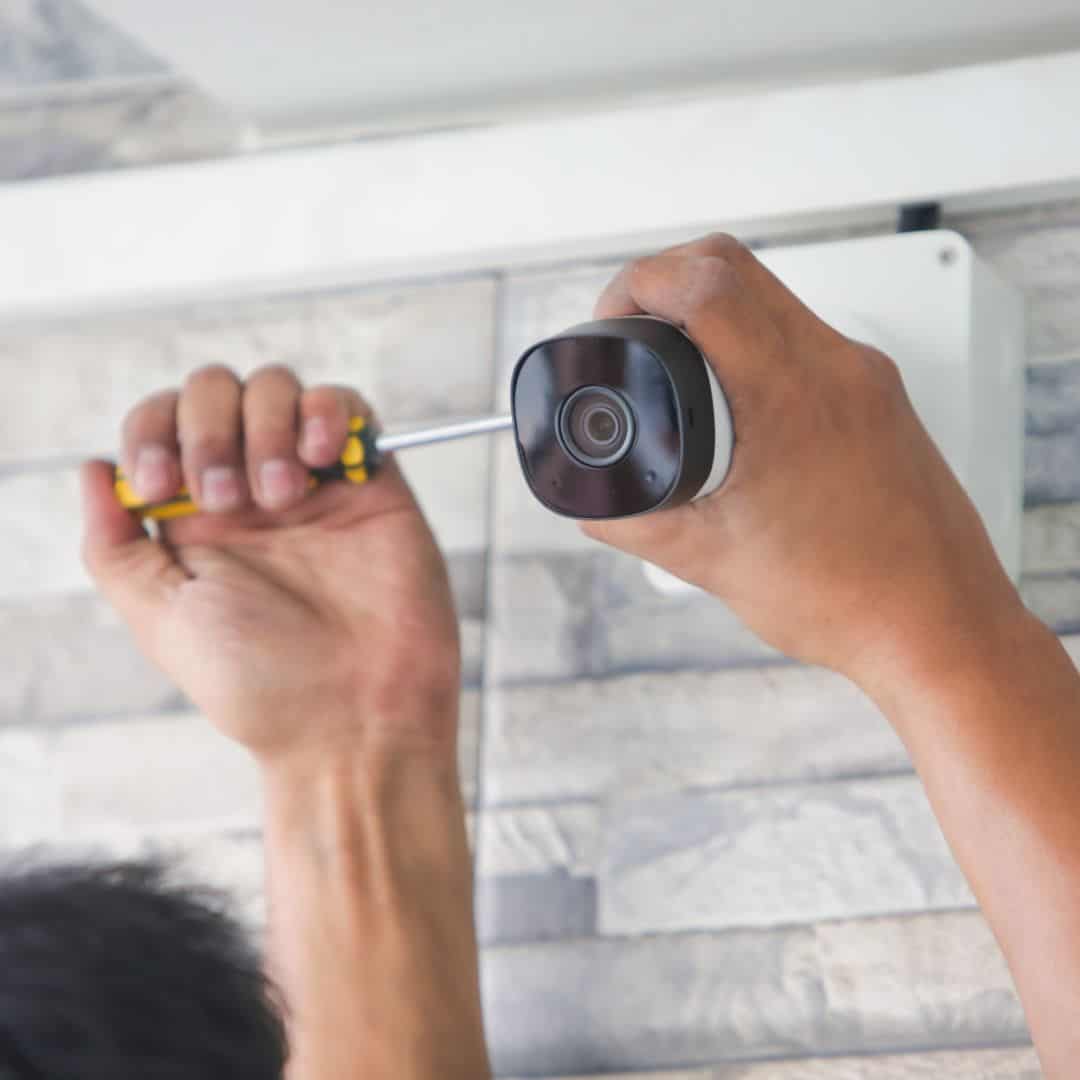How to take the hassle out of security camera installation

Putting together a security solution is something that all businesses and some homes will come around to eventually, but it can be a bit of a headache figuring out the logistics: How many cameras are you going to need? Where are you going to put them all? Are you going to settle for traditional CCTV cameras or splash out on high definition megapixel cameras?
By its very nature, video surveillance installation is not an easy job. For one thing, there is no one ‘correct way’ to do it, as it will depend on your specific situation (the size and shape of the property – not to mention your budget). Meanwhile, in a business, employees will need to be trained in how to utilise the equipment and a system will need to be put in place to keep everything well-maintained and functional. There are a few tips, however, that can take at least a little of the hassle out of what can be a pretty frustrating job.
Be prepared
Ensure that all employees (or members of your household) are trained on how to use the equipment as soon as possible. Also, keep all documentation in a safe place and create a site inventory so any security solution professionals who might be visiting in the future for maintenance or to solve a problem know exactly where everything is and what everything is. This means serial number and firmware versions, not to mention account information, is always on hand and ready to go.
Know where you want your cameras
Depending on your budget and needs, you might only have a few cameras at your disposal. In this situation, placement is even more important to get right. Studies have shown that around 34% of burglaries start at the front door, so this should always be your first port of call. The rear of the property should also be covered as should any garage that is often used as an entry point for unwanted visitors.
For interior cameras, you’ll want to place them in locations where they won’t be interfering with anyone’s privacy (so keep them out of the bathroom, of course), but also where they can capture the most footage – such as the hallway.
Functional placement
There’s always the location to consider, of course, but the actual physical placement of the cameras is just as vital to consider if you want to avoid any headaches further down the line. Your cameras should always be, for example, around 10 feet off the ground as this is low enough to capture specific details but high enough to be comfortably out of reach.
Also, never have your cameras pointed directly at the sun and ensure that all outdoor security cameras have responsible weatherproofing. Indoor placement, meanwhile, needs to account for windows (which can cause reflection problems) and indirect lighting, which can significantly wash out your image.
Remember, you’ll also need to clean and maintain your cameras, so they can’t be impossible to reach, even though you might want them out of the easy reach of thieves. Find a literal middle ground!
Testing 123
Never install your cameras before testing that the security system works as it is supposed to. You should always do a ‘dry run’ before fixing your cameras in place, mounting them with tape or a nail and then checking the feed works and you can see everything you’re meant to see.
If you’re using wireless cameras, you’ll also need to make sure that the WiFi signal is strong enough to carry the image reliably and this can be difficult to test without actually running the system as it will be once it’s finalised. During this vital testing phase, you should also remember to organise the equipment you’ll be using to install your cameras, steering clear of hardware that could damage your components.
Get the professionals in
Finally, the most obvious way to keep installation headaches to an absolute minimum is to bring in a security solutions expert to install your system for you. You will indeed end up paying a little more for the expertise but many companies will provide you with incredible aftercare support, which means they will be on-hand to assist you with any problems even weeks after the installation is complete. Because sometimes, you really need the assistance of somebody who knows what they’re doing for true peace of mind.
